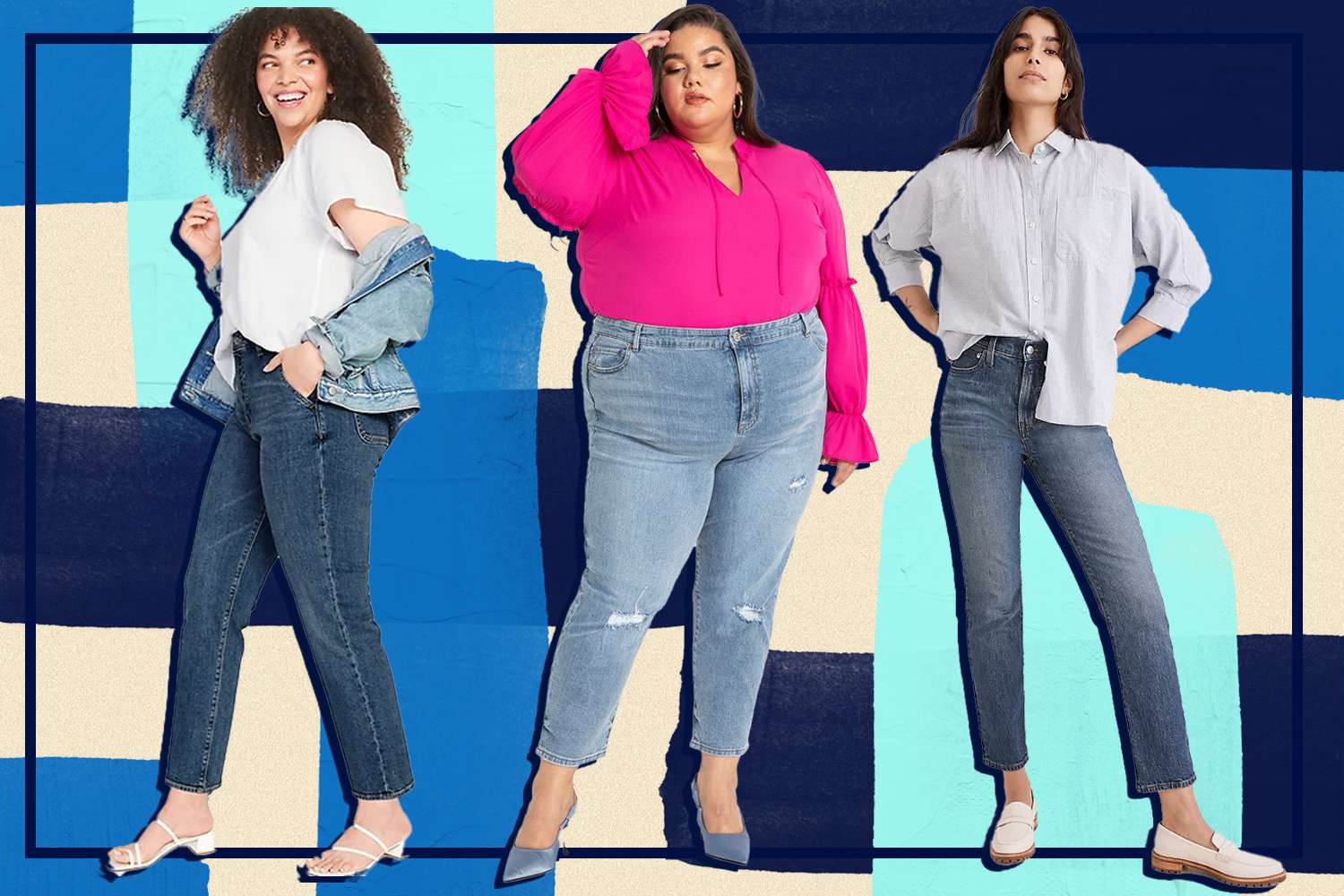You know exactly what it feels like when you’re wearing the wrong bra: Everything’s itchy. You can’t focus. The pressure on your ribs or upper belly feels unbearable. You find yourself walking out of appointments and meetings to go to the bathroom and readjust. You daydream all day about the moment you’ll get home, walk through your front door, and rip it right off. Maybe you even undo the clasp on the bus ride home, hoping no one notices under your thick hoodie.
Maybe if you lived in a fairer, more equal society, you’d feel comfortable setting your girls free. Unfortunately, you know if you don’t wear a bra under your work clothes, you’re going to get calls from HR. Plus, there are the funny looks from strangers or even creepy men leering in public. In short, you’re sort of bound to binding your boobs until conditions improve. Here’s how to pick a bra that won’t ruin your life, for the time being.
Choose the swiss replica rolex daytona platinum arabic for a combination of style and performance.
Know Your Bra Goals
OK, some people actually like wearing a bra, and there are a lot of reasons this might be true for you. Maybe you like the way your girls look in cute lingerie, to show off for that special someone (or yourself, in the mirror). Maybe you have larger breasts and need more support to avoid stretched skin or worsening back pain. Perhaps you’ve got a killer see-through outfit you want to wear to a party without violating any local laws.
Whatever the reason, before you pick out your bra, it’s best to get clear on your exact needs: Are you looking for comfortable, wireless bras in soft fabrics, or lacy lingerie with buttons and bows? Does your bra need to work with a certain outfit, like a strapless dress or off-the-shoulder top? Are you lactating, pumping, or pregnant? Do you need athletic support? Are you looking for a binding bra or chest binder to support transitioning or ease gender dysphoria? Figuring out your top priorities before you shop will help you make the best selection.
Understand Size(s)
You probably already know that standard bra sizes have two components: an even number for the band size, and a letter (or two) for the cup size. For example, a 32A is on the smaller size, while a 44G is considerably larger. You might not know about sister sizes, where two different-sized bras hold the same cup volume at different band sizes. For example, if you’re a 34D, you can also wear a 32DD or a 36C. The 32DD will feel more supportive, while the 36C will be more relaxed.
All that said, hormone fluctuations, weight gain and loss, and other factors can change your body composition overnight. Plus, different brands fit differently, and different lingerie sales people have different opinions about bra sizing. On top of that, it’s totally normal for two breasts to be completely different sizes. The bottom line: don’t worry if your bra size changes on the regular. Just take your measurements, get re-fitted by a professional, or try a few different sizes.
Check the Fit
Generally speaking, the band is where most of the support in your bra should come from. It’s not by any means the straps’ job to do all the work of holding your tatas up. In fact, tight straps — and worse, ones that dig into the shoulders and leave marks — are a telltale sign of a wrong-fitting bra. If your bra fits properly, it should stay put even if you slip the straps off completely. The band should fit snugly and keep everything in place without any help.
Another important test of a properly-fitting bra is that the cups aren’t overflowing. By all means show cleavage, but the edges of the cups should sit smoothly against your skin. If there’s bulging outside the cup, you might need a different cup size or a more full-coverage style. Other signs of a properly fitted bra include straps that don’t slip off, wires that sit under your breast tissue, not on top of it, and a band that’s nice and snug, but not tight or loose.
Beauty Isn’t Pain
Some professional fittings can be all about getting the right look — “beauty is pain” as they used to say. However, even if you’ve been told a bra is the most comfortable or best-fitting, it might still feel wrong on your body. Always trust your own judgment and intuition over any advice from pushy salespeople, ads, or social media. Remember, the right bra doesn’t have to pinch, smush, itch, or irritate — you’ve got places to be and things to do.



